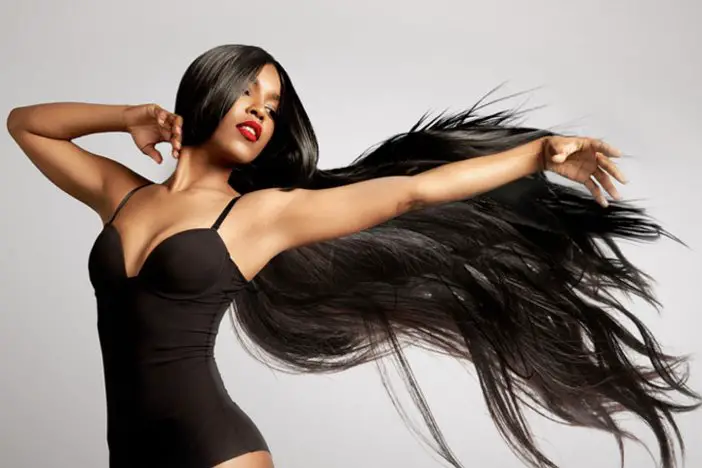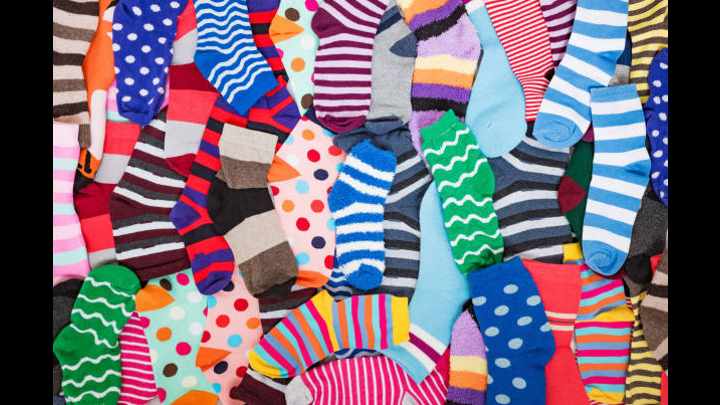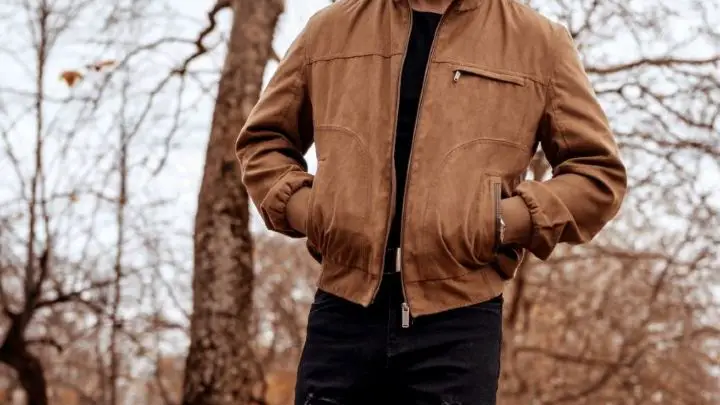Okay, I’m just going to come right out with the question- Can my lace wig cause hair loss?
I love wigs. They are quite useful and provide a quick solution to any hair problem you want to hide. But you should ask yourself once in a while if they are providing a solution or causing more harm than good.
As a woman, you have to know this, as one of the causes of hair loss is traction alopecia, and it deals with hair loss from wearing styles too tight. This also includes wearing wigs. Also, the hair condition is normal after wearing a protective style for too long.
However, are lace wigs part of what causes traction alopecia?
This is not simple to answer because lace wigs do not cause hair loss. However, how you wear them can damage your hairline.
You have to get yourself over the misconception that wearing lace wigs cause hair loss. But you shouldn’t be too removed so that you can take precautions. As they say, better safe than sorry.
How to Prevent Lace Wig Hair Loss
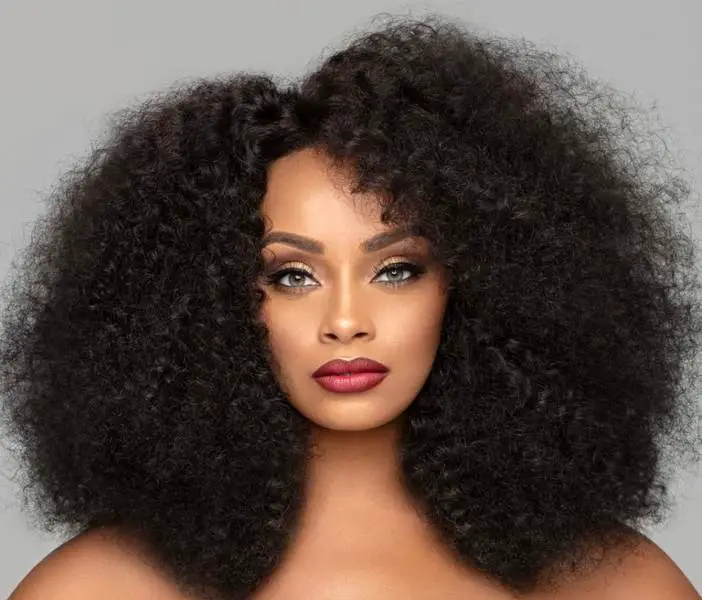
As I said, your lace wig is not the cause of your hair loss. It is your application, removal, and improper hair care that makes you lose hair. So, to keep yourself balanced, you need to follow preventive measures when it comes to wearing your wigs.
1. Don’t wear it too tight
There isn’t a one-size-fits-all when it comes to wigs. When you buy or fix a wig, you have to buy the right one that fits your head. Wearing a size too small could lead to discomfort and also thinning hairline.
You should naturally fit into the three main sizes for wigs: large, average, and small. When you find your right wig size, you would feel comfortable all through. Also, it won’t constrict the blood flow in your scalp.
If you aren’t sure about your size, you can get your hairstylist to measure you. Or seek to make a wig specifically fit for your head.
2. Always wear a wig cap
Whether it’s a full, half, or front lace wig, you must wear a wig cap to protect your hair. This would reduce the friction and discomfort you might feel from wearing the lace wig directly on your hair.
If you can opt for a silk cap, you should. Silk caps will protect your natural wigs from the heat. Contrary to what people think that wig caps would feel hot underneath a wig; it protects your hair and scalp from heat.
3. Create a flat surface with your hair
To correctly apply your lace wig, you should keep your natural hair flat to make the surface less bulgy. You can keep your hair in a nice braid or cornrows. This would help create a flat surface for your wig to rest on.
Also, you would be protecting your hair from tensions or getting caught in the wig’s lace or strands. Your hair needs to be secured and in place to make the lace wig application right.
4. Use the right adhesive
This causes more lace wig hair loss than most damage when you use the wrong glue, gel, or other adhesive. The adhesive must be compatible with the lace wig.
This would avoid creating a fully glued texture. The texture you want is tacky to make it easy to install the wig and removing it.
Also, avoid gluing the wig directly on your hairline when securing the wig on your head. Furthermore, you need to do a patch test to make sure you are not allergic or reacting to the adhesive.
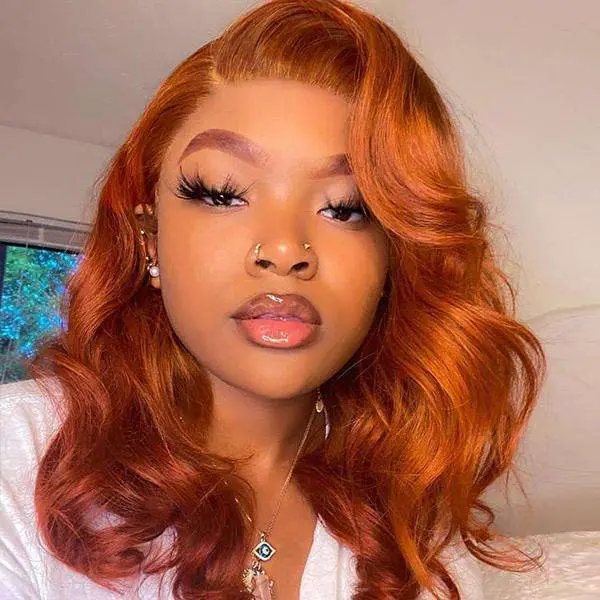
5. Remove the wig with care
Installing and removing the lace wig are important steps to keeping your hairline intact. You should not hard drag or pull hard the installed wig off your head. This would increase the chances of getting traction alopecia. There are safe ways of removing your wigs.
For instance, full lace wigs should be removed with the assistance of professional glue melting liquid. Apply the melting liquid on the adhesive and wait to let it melt properly. Then you can take the wig off slowly and gently, making sure your natural hair is not caught in between.
On the other hand, if your lace wig is sewn in, the sewn-in wig should be attached to a net cap and not to your natural hair. So when you want to pull off, you are easily detaching the threads from the net cap.
6. Wash your hair on a regular basis
Taking care of your hair is paramount to keeping healthy hair. You can make use of hair wash tips to get clean hair.
Also, a washed hair wouldn’t become dry or brittle under your wig. Furthermore, your scalp would be clean, and moisture wouldn’t pile on it.
Moreover, a dirty scalp under a wig would give room for bacteria to grow, which could affect your hair. So the safest bet is to keep your scalp clean.
7. Care for your hair
Even if you are wearing protective styles to flatten your hair under your wig, you would still need to care for your hair.
A little TLC before you wear your wig and after you take it off is natural to make your hair grow healthy. Caring for your hair also means detangling it the right way when it is out of the braids.
8. Disinfect the wig
Once in a while, keep your wigs disinfected and washed. This would keep both your natural hair and lace wig healthy. You can use alcohol to disinfect the inside of your wig to keep it clean and bacteria-free.
Also, remove all the alcohol before wearing the wig back. You can dry it inside out to let the alcohol disinfectant dry off. Or you can use a heat tool like a hairdryer. However, letting it out in natural air is best.
Read Also: Best Hair Extensions to Change Up Your Style
FAQs on Lace Wig Hair Loss
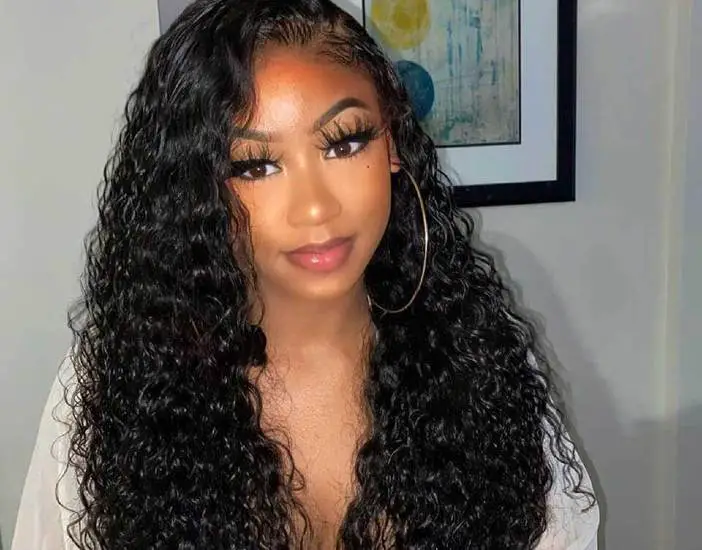
When should I see a professional for my lace wig hair loss?
The moment you experience or see your hair thinning.
If you notice simple traction alopecia, your hairstylist should be your first stop. Simple products like treatment shampoos and conditioners might do the trick.
However, when the hair loss is continuous, stop wearing your wigs and see a dermatologist or a trichologist. Several things could be contributing to your hair loss. And you must be properly diagnosed before you start treatment.
What are the treatments for my lace wig hair loss?
There are other ways to treat hair loss. You can treat your hair loss naturally using home remedies or go through treatments like therapeutic shampoos or use miracle drops on your hairline.
According to board-certified dermatologist Dr. Elyse Love, you can treat your hair loss with topical minoxidil, which would help treat your hair loss and speed up recovery.
Also, scalp massages help to increase blood circulation, which, in turn, stimulates the growth phase of your hair.
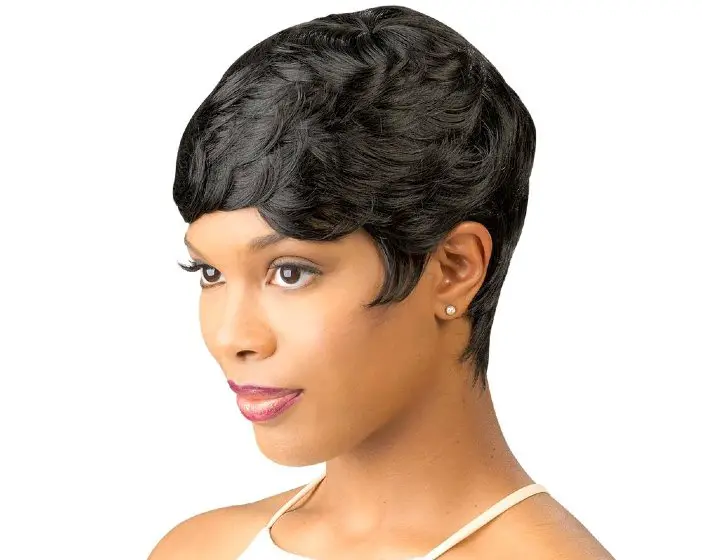
What causes more hair loss between natural and synthetic lace wigs?
Both. There are advantages and disadvantages to both natural and synthetic lace wigs.
If you wear your wigs properly, no matter the texture, then you won’t be experiencing any hair loss. However, if you don’t, you might experience thinning hair.
But synthetic hairbands are known to thin the hairline with continuous wear, especially when they are too tight. This is why you should always go for wig constructions that are your perfect size.
Can I stop hair loss from happening again?
Yes, you can. To avoid lace wig hair loss happening again, you need to follow the simple tips provided.
That is, avoid wearing wigs too tight, make sure to wear wig caps, protect your hair by caring for it, and removing your wig with care.
What causes lace wig hair loss is not the wig itself but the application, removing and caring for your hair. If you can get past these three safely, your hair would grow healthy and naturally.
How can I hide my hair loss from lace wigs?
You can style your hair creatively by brushing your hair in the opposite direction of where your hair is thinning. This would provide coverage.
And you can stick to your wigs. However, take the safety measures highlighted above to prevent further loss.
And if you are still at a loss for a perfect style, feel free to see a hairstylist to make use of what you have. Wearing protective silk head wraps will also give your hair time to grow. Also, it would protect it from friction and heat.
Conclusion

Lace wig hair loss is a misconception because the wig does not cause your hair loss. However, how you apply the wig, wear it, and care for your hair creates a combined effect on your hair loss.
To protect both your wig and hair, you have to wear a wig cap to prevent friction. Also, getting your wig size would do you good. If the wig is too tight, you may lose your hairline and edges.
And let’s not forget about your natural hair. You have to care for it just as much as you care for your wigs. Have a little TLC with your hair now and then to get it growing healthy.
And if you are still experiencing hair loss, it’s best to let a dermatologist diagnose what is causing your hair loss.
However, if you do not want to get to this stage, start by using the tips listed above to give your hair a break from lace wig hair loss.
Africana fashion provides wellness articles to boost your healthy lifestyle.
